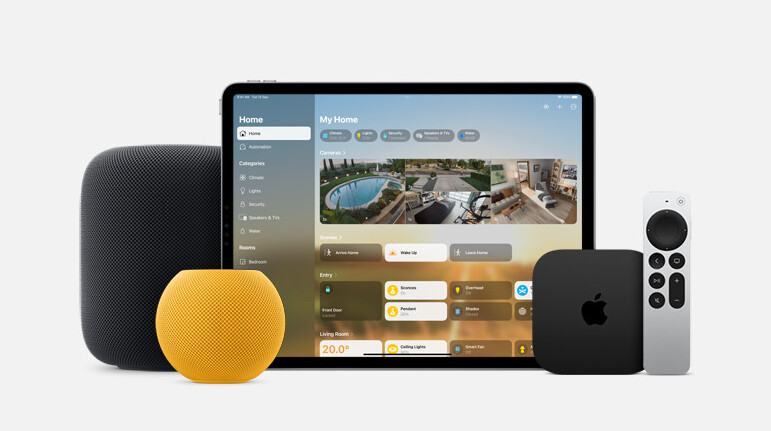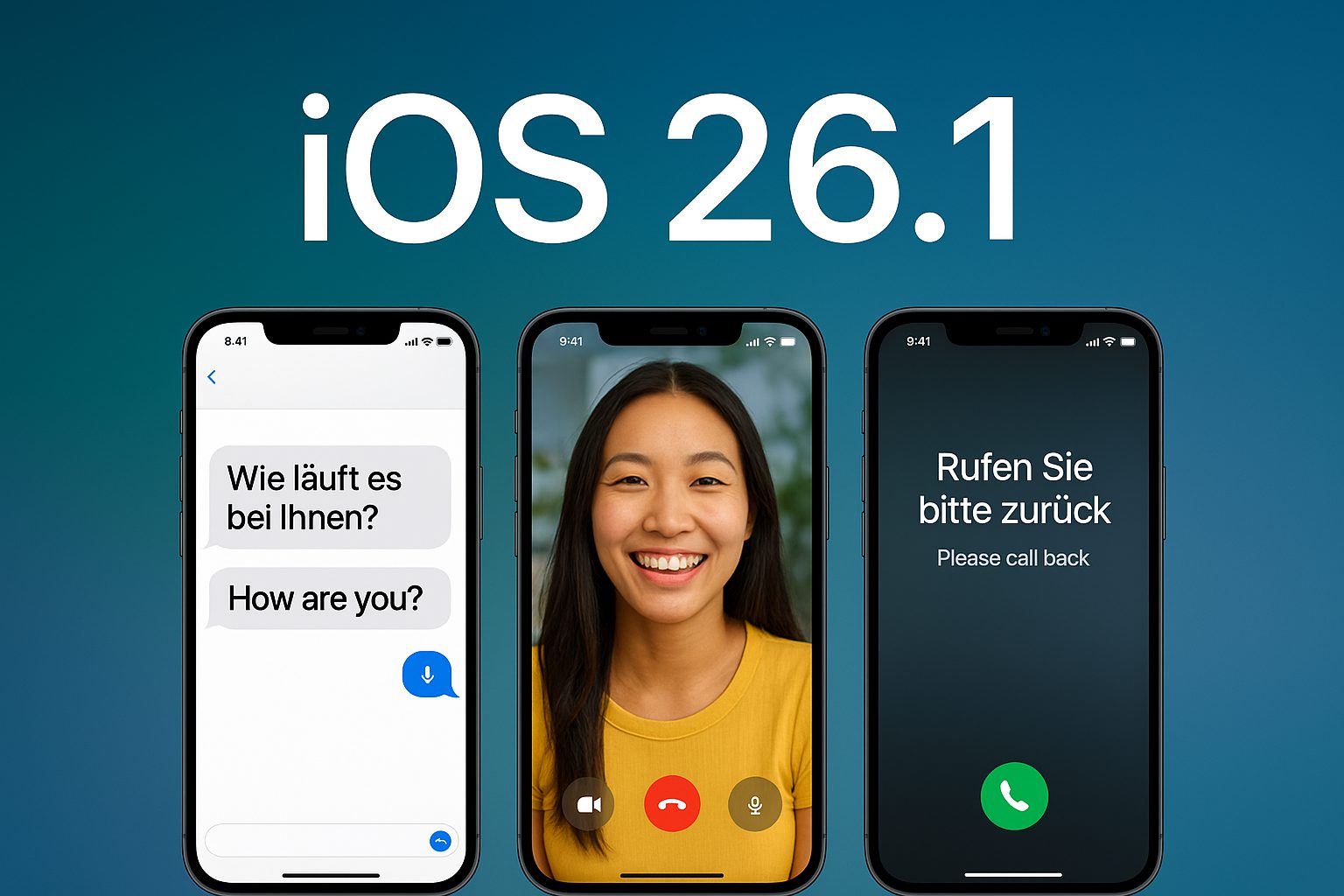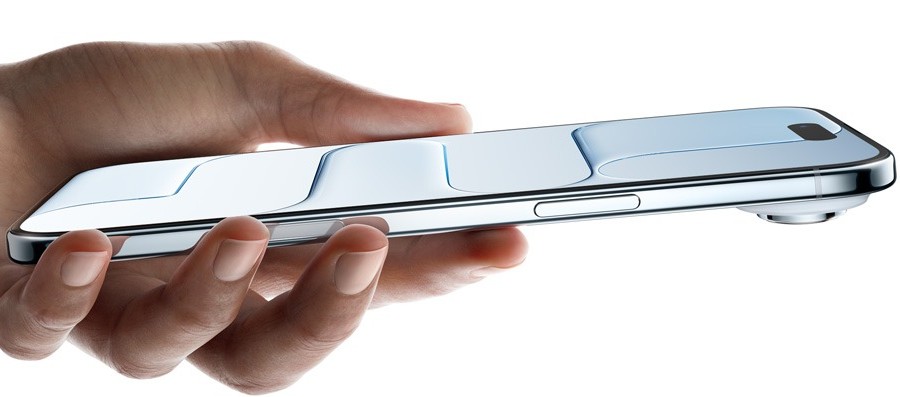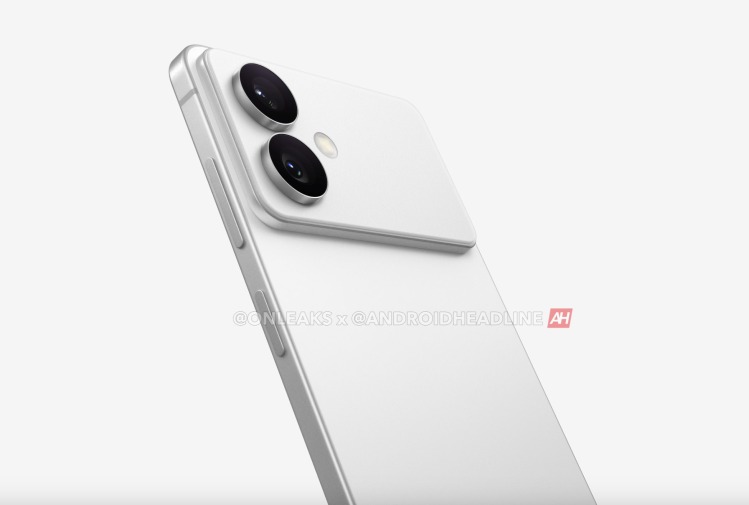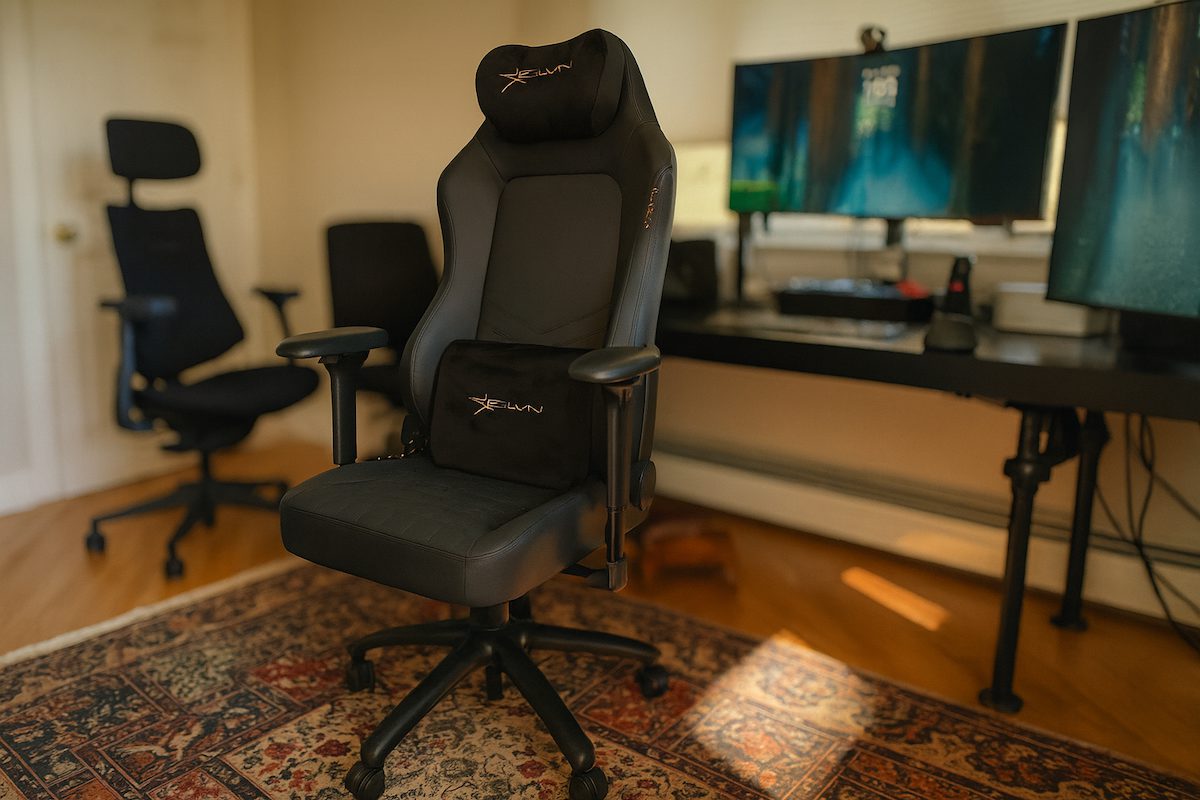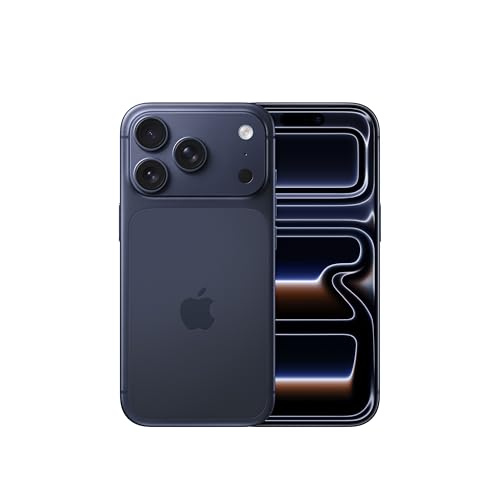Smart home chaos finally gets an Apple-grade solution. Your scattered collection of apps, voice commands, and random remotes is about to meet its match with Apple’s long-overdue entry into the smart display arena.
The rumored hub combines iPad elegance with HomePod functionality, creating what industry insiders describe as Apple’s most significant smart home push yet. This isn’t just another screen slapped onto existing tech—it’s a purpose-built command center designed to wrangle your connected devices into submission.
Delayed launches often signal internal struggles, and Apple’s smart home journey proves no exception. Development hiccups around Siri integration and Apple Intelligence features pushed the timeline back repeatedly since 2022.
The device runs homeOS, a specialized operating system that borrows heavily from tvOS while adding iPhone StandBy mode elements. Think of it as your kitchen’s new brain, capable of handling video calls, controlling lights, and managing your connected ecosystem from one central touchpoint.
What sets this apart from Amazon’s Echo Show or Google’s Nest Hub isn’t just the Apple logo. When your iPhone rings, the hub automatically pauses your music and routes the call seamlessly—something Amazon’s fragmented ecosystem simply can’t replicate. Your FaceTime calls, Apple Music playlists, and HomeKit devices all speak the same language without the usual digital translation headaches.
Sam Jadallah, Apple’s Head of Smart Home Business, brings serious channel expertise from his Microsoft and startup days. His track record suggests Apple learned from past HomeKit adoption challenges and plans a more aggressive partner strategy this time.
The premium version with a robotic arm sounds like science fiction, but it represents Apple’s long-term vision for smart home interaction. Imagine the display automatically angling toward you during video calls or rotating to follow your movement while cooking, turning static screens into responsive companions that adapt to your daily routines, and redefining what it means to own a cool smart home gadget.
This isn’t just about catching up to Amazon and Google—it’s about Apple leveraging its ecosystem advantage to create something genuinely different. Your smart home finally gets the Apple treatment, and that usually means the experience works as advertised.


